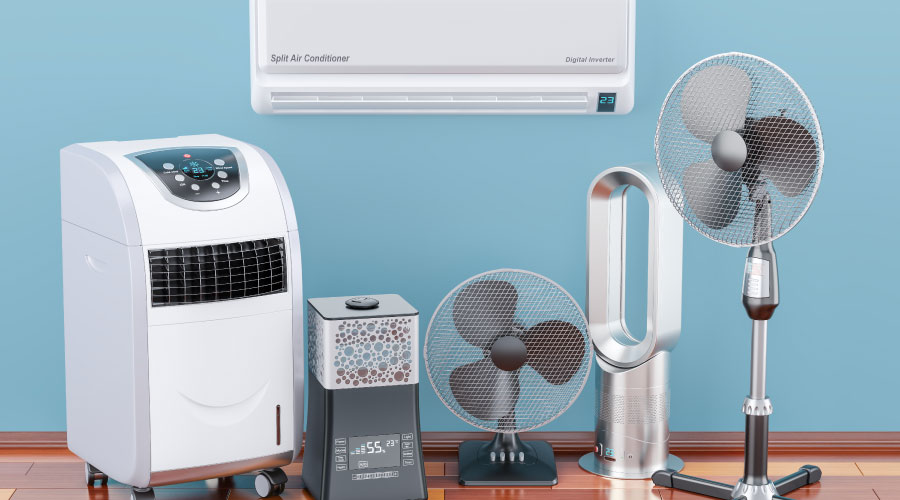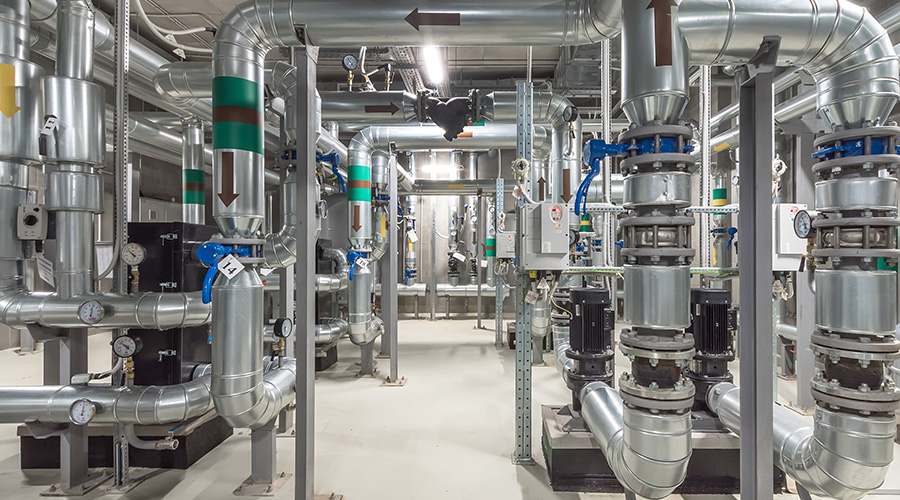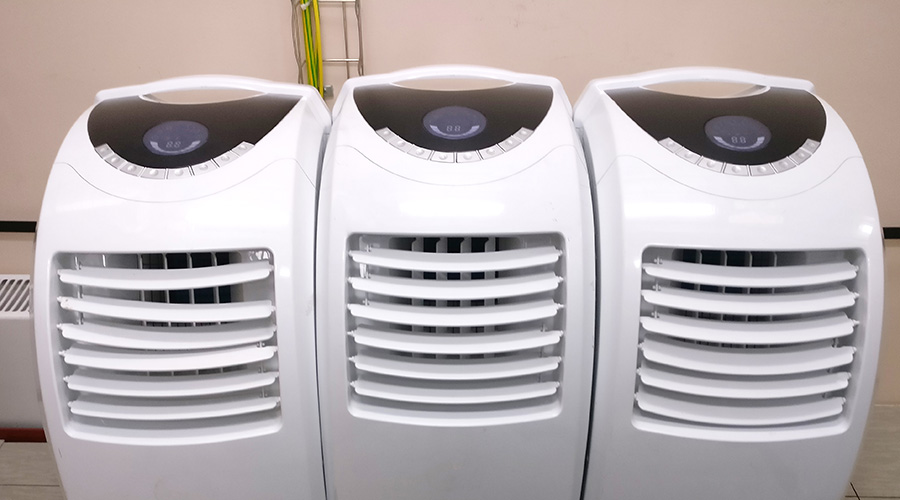Top 4 HVAC Cooling Options Beyond Traditional
Reliable and efficient cooling is becoming increasingly important. Here are four options facility managers may want to consider.
By Greg Zimmerman, Senior Contributing Editor
If facility managers are lucky, at least once in their careers they’ll be blessed with a signature project – whether that’s participating in building a new building, a full-scale renovation of an existing building, or even a portfolio-wide technology upgrade. When the moment comes, facility managers should be ready to shoot their shot.
When it comes to cooling options for commercial facilities, facility managers have more options than ever before. Summer cooling season is starting earlier and ending later. So matching cooling demands with increasingly extreme weather while maintaining sustainability and energy efficiency goals can be challenging.
Cooling accounts for as much as 20 percent of a building’s energy use in some locations, and cooling is the fastest growing energy use in buildings worldwide, according to the International Energy Agency. That growth is directly attributable to warmer temperatures for longer periods of time due to climate change. So again, anything managers can do to plan for the future and use less cooling energy will only benefit them, their buildings, and their organizations in the long term.
Managers know that replacing like for like, while easy, time-saving, and often cost-saving, may not be the best route to take. Though of course central air conditioning will still be the dominant method of cooling in most facilities, managers may want to consider some other new or more innovative options with new technologies, new features and benefits, and huge potential energy savings.
Here are four cooling strategies, a combination of new and old, technologically complex and simple, for managers to consider for their next project.
1. Ground source heat pumps
As the world quickly moves to eliminate fossil fuels and buildings move toward electrification, ground source (or geothermal) heat pumps can be a great alternative for commercial facilities. Some states – New York being the most recent – are passing legislation to eliminate natural gas in new buildings, meaning that traditional heating systems will have to evolve.
What does this have to do with cooling? Ground source heat pumps can operate as both a building’s heating and cooling system, and with no fossil fuels required.
Ground source heat pumps offer the advantage of better control and zoning – simultaneous heating and cooling can be accomplished. Energy savings and reduced maintenance over traditional systems are also a factor. The biggest downsides to ground source heat pumps are initial installation complexity and cost.
2. Portable cooling
Facilty managers are always searching for options in order to give themselves more flexibility. If a building is locked into its mechanical central air conditioning system for a good long time yet, portable cooling is one option to give that sought-after flexibility. Portable cooling can act as a supplement to mechanical cooling, or on days when there aren’t many occupants in the building, be the primary source for cooling. Portable cooling can also be used in emergency situations or for temporary cooling in large areas where lots of people gather. In these situations, the existing cooling systems might be overmatched, so portable cooling is a good option to keep these occupants comfortable.
Portable cooling systems can be rented or purchased and range in size from desktop units to floor units that can cool several hundred square feet of space. Units can usually be wheeled from one area to another, as cooling needs change, as well. One advantage of portable coolers in addition to the flexibility they can provide and potential energy savings is that these units, though they don’t use refrigerant, do dehumidify the air as they cool. Dehumidified air feels generally cooler than air with high amounts of moisture, so in space with lower humidity and that is being constantly dehumidified, the air temperature setpoint can be a little higher than it could with higher humidity.
3. Chilled beam technology
A technology that’s more than a century old and has experienced rapid adoption in Europe and Australia, chilled beam systems are finally making headway in the U.S. market. These systems can be installed as either active or passive and can result in significant energy savings – up to 20 percent — over a traditional central cooling system. Essentially, these systems include non-structural beam in or near the ceiling that circulate chilled water, cooling space.
In addition to potential energy savings, chilled beam technology offers three main benefits: Flexibility in design, lower maintenance costs (because there are no moving parts), and much quieter operation.
One of the biggest considerations and possible challenges for facility managers considering a chilled beam system is humidity control. If humidity isn’t controlled, it’s possible that the chilled beams can drip condensation into occupied space. Another consideration is the time and cost of the initial installation. Chilled beam systems don’t use traditional ductwork so the chilled beams must be installed in every zone or area that requires cooling.
Overall, though, chilled beams are a cooling strategy whose time is rapidly coming and might be worth examining if managers are looking for a tried and true technology with several advantages.
4. ‘Free cooling’
Just open a window. Or a damper. It’s that easy. Of course, it’s not actually that easy, but in certain circumstances and for certain building types, free cooling is a great option for many buildings.
In areas with temperate climates and good airflow, using these strategies as a supplement for mechanical cooling or any of the other cooling options mentioned can improve energy savings even more. As well, newer technology, often referred to as “free cooler chillers," can give managers the best of both worlds and added degree of flexibility and efficiency.
Several green building certification systems like Passive House and the Living Building Challenge reward design strategies that eliminate mechanical cooling in buildings. Because Living Building Challenge certification requires net-zero or net-positive energy in buildings, the absolute lowest amount of energy for cooling is a necessity. One difference between Passive House and Living Building Challenge is that Passive House requires no energy use at all from the beginning for cooling, whereas Living Building Challenge allows buildings to use energy – whether for cooling, or other facility equipment – but that energy must be from renewable sources, and the building still must be accounted to be net-zero energy over the course of one year. That’s an important distinction of managers who are considering either of these two rigorous green building standards.
One advantage of intentionally designing buildings to use free cooling strategies is that these buildings are more resilient in the case of a power outage. Buildings that are able to maintain comfortable temperatures without mechanical cooling are also able then to remain habitable (or to be safe spaces in the event of natural disasters) for longer with no electricity.
Greg Zimmerman is senior contributor editor for the facility group, which including FacilitiesNet.com and Building Operating Management magazine. He has 20 years’ experience writing about facility issues.
Related Topics:












